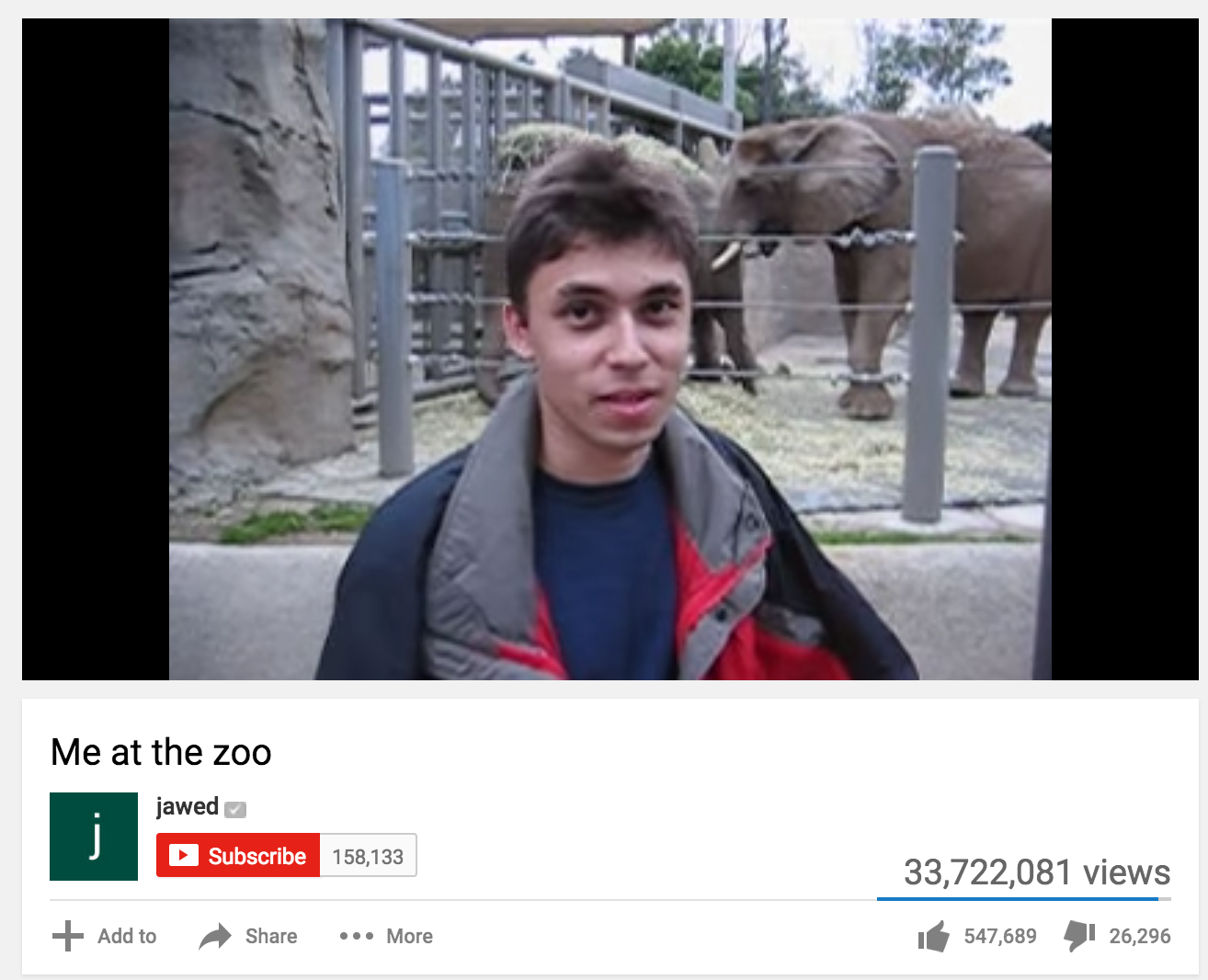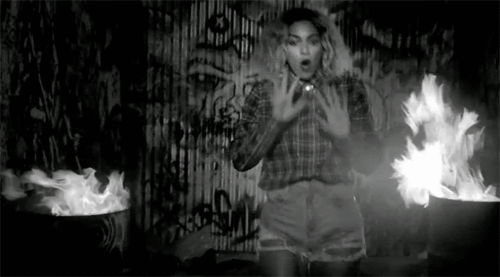How did we go from pixelated YouTube videos to live-streaming sports? Here are a few of the breakthroughs that have shaped our internet culture over the past 30 years.
Do you remember the first music video you watched online and all of its pixelated glory? Today, those glitchy videos are a thing of the past, thanks to advances in high-definition streaming technology over the past few decades. And access to content through better, faster internet (particularly wireless internet) has completely changed the way we engage with entertainment. According to a recent study, we spend three times more time watching entertainment online than emailing or doing business-related activities. We also consume more entertainment overall: In 2015, people watched 15 percent more video content than in 2011.
Today, whether it’s finding the perfect GIF, answering the Call of Duty, or watching “Lemonade” five times in a row, we have a few milestones to thank for influencing our modern world of online entertainment.
1978: The first online multiplayer games arrive
Paying homage to the game Dungeons and Dragons, Multi-User Dungeons (MUD’s) were the first multiplayer online role-playing games (MMORPGs). These limited graphic, text-based games allowed small groups of remote players to engage in adventures together utilizing local networks. Modern online multiplayer games have come a long way since then, now featuring 64-bit graphics and allowing players across the world to interact with each other in increasingly complex ways.
1987: The GIF file format is invented
We may never agree on the pronunciation (the hard “G” sound may prevail some day…), but we can all agree that our emails and chat windows would be a lot duller without the graphic interchange format — more commonly known as GIF. Created by Steve Wilhite — a lead engineer at Compuserve at the time — the early GIFs supported up to 256 colors and animation in a compressed format easily processed by the slower modems of the 80s.

1993: The first internet radio program is broadcasted
Carl Malud and his aptly named station “Internet Talk Radio” are often credited as the first, but it didn’t take long for internet radio to take off. Within a year, the Rolling Stones broadcasted the first live concert on the internet. And by the end of the decade, internet radio stations were a dime a dozen. This shift was the (very early) catalyst for on-demand streaming services like Spotify and Tidal.
2002: XBox Live is introduced to the public
XBox Live is considered the world’s first broadband-connected game console. When it first debuted, the console allowed users to download games directly from an ever-expanding library and interact with multiplayer games in a whole new way. The development team at Microsoft banked on the idea that access to broadband in the average family home would become a more common and affordable investment. Although a somewhat risky assumption at the time, they weren’t wrong. Now, XBox Live is one of many connected devices in homes around the world.
2005: The first YouTube video is uploaded
Titled “Me at the Zoo,” the video featured 18 seconds of Jawed Karim, co-founder of the original site, standing in front of an elephant enclosure at the San Diego Zoo. Besides commentary that elephants “have really, really, really long, um, trunks, and that’s cool,” there’s not much more to the video. Today, with over one billion users who stream hundreds of millions of hours of video content daily, it’s safe to say that a YouTube has come a long way.

2008: Netflix develops technology for its own online streaming service
While Netflix began its DVD rental service years earlier, it wasn’t until 2007 that they launched an online streaming service which set the inevitable cord cutting revolution in motion. Netflix originally launched with a small selection of 1,000 films , and now offers thousands of movies, TV shows, documentaries, and more. Plus, Netflix produces and distributes tons of original programming, and took home nine Emmy wins this year. Most televisions today come preloaded with the Netflix app, allowing users to start binge watching right out of the box.
2011: CNN becomes the first site to stream 24-hour news online and on mobile
It was only a few years ago that the network decided to bring their content to the web, making it available to 50 million households. Since then, the network has live streamed everything from the Democratic and Republican National Conventions and the Presidential Debates to bears roaming a suburban neighborhood in California. The complete CNN and HLN lineup is now available entirely online in HD, 24 hours a day, 365 days a year.
2013: Beyonce drops a surprise visual album (and effectively breaks the internet)
We’d expect nothing less of Queen Bey than to break the mold. Without any warning, Beyoncé released a full, self-titled album on iTunes, which included 14 new songs and 17 videos as part of her first “visual album.” This comprehensive audio/visual piece changed the way fans experienced the album, and laid the groundwork for others to follow. Lemonade, anyone?

2016: NFL announces a new live streaming partnership with Twitter
Earlier this year, the National Football League and Twitter merged sports and social media like never before. The NFL announced that fans will now be able to live stream 10 regular season “Thursday Night Football” games on Twitter — for free. The new relationship rounds out the NFL’s distribution strategy, which already includes cable and network television, and also demonstrates the growing pressure on organizations to embrace the cord-cutting revolution.


You must be logged in to post a comment.